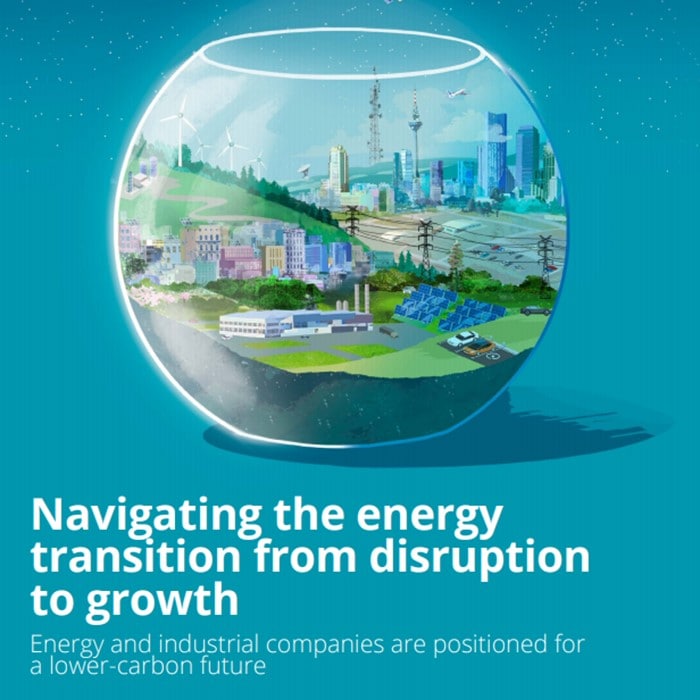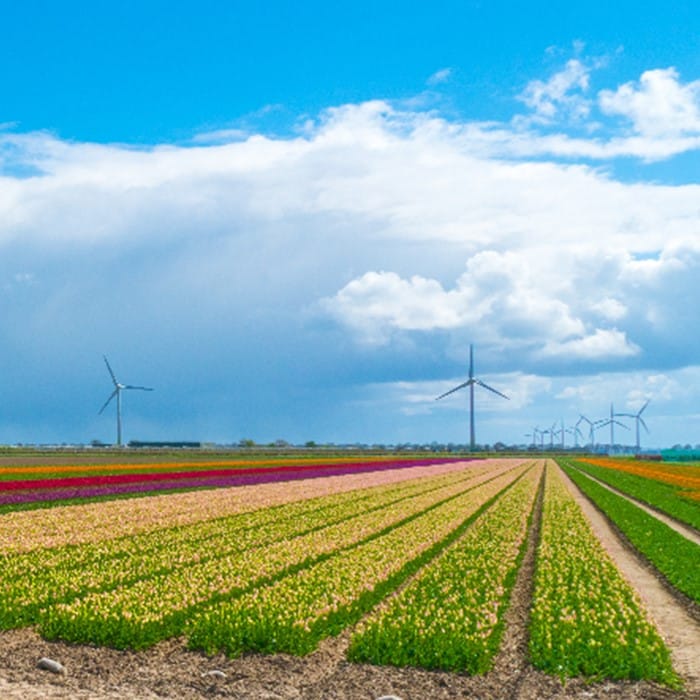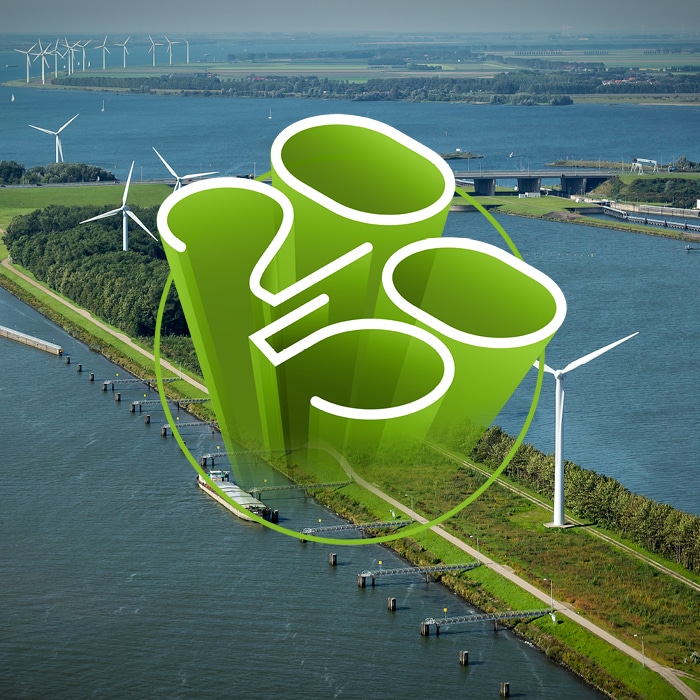The energy transition explained has been saved

Article
The energy transition explained
The pathway toward transformation of the energy sector
The traditional energy system is transitioning from fossil-based to zero-carbon. As the future is coming fast, organizations in every industry will be dealing with a vastly different energy landscape soon.
What is meant by energy transition?
The energy transition concerns the shift from fossil fuels to renewables energy sources in an effort to reduce CO2 emissions. To what extent, and how fast the global energy mix is shifting depends for a large part on global dynamics and sociatal response to climate change. Therefore, Deloitte has invested in developing a perspective on energy transition scenarios for the Future of Energy. These four plausible and divergent energy scenarios represent guideposts that can help enterprise leaders make decisions and take action in the short term—in a flexible way, and in a way that allows their organizations to earn, to learn, and to influence their environments as the future unfolds.
- One team, one dream
- Ready, set, innovate
- Me and my resource
- Rising ride
Current state of the Energy transition
Considerable progress has already been made in the transition to a low-carbon energy future due to economic factors, societal pressure, and new technologies. Our report Navigating the energy transition from disruption to growth, examines progress to date in the energy transition and the decisions management teams in the energy and industrial sectors are facing.
This study on recent energy transition suggests that the energy transition will likely continue to be a priority for companies in the longer term. Surveyed companies either already had a plan in place or were developing a strategy for the energy transition.
However, it remains challenging. Businesses face the challenge of moving to a low carbon future, whilst at the same time they must stay competitive in a global market.
How will the energy transition in the Netherlands unfold in the years to come?
The Dutch government has an important role to further stimulate the energy transition in the Netherlands, as transformations can be accelerated when industries are enabled in their energy transition, for example through policies.
The key lies in finding the right combination between accelerating the energy transition and making the existing (Dutch) industry increasingly sustainable.
Read the expert view of Prof. Ad van Wijk, professor Future Energy systems at Delft University of Technology and well-known hydrogen-expert, and Prof. Gert Jan Kramer, professor of Sustainable Energy Supply Systems at Utrecht University on the future of energy in the Netherlands in this interview.
What does the Future of Energy look like?
Deloitte's vision for the future of energy in a three-point nutshell:
- The Netherlands has transitioned to a clean and green energy system. Our world-leading cheap offshore wind electricity, hydrogen produced from the North Sea and circular use of carbon gives us a strong competitive position.
- Behavioural change – such as changes in diet, and less consumerism and travel – goes hand in hand with technological development.
- Being climate-neutral in 2050 is both technically and economically feasible, but we must act now with a long-term vision so as to avoid duplicate investments.
Discover our entire vision for the future of energy by 2050 here.
What are the three most important energy trends?
1. Solar Energy
Dutch solar energy is among the fastest growing renewable energy sources in Europe. In 2018, the Netherlands reached 4,400 megawatt of installed solar energy capacity, growing the installed capacity by 1,500 megawatt relative to the prior year (50% year-on-year).
Historically, residential rooftop solar was the main source. In 2018, almost 2,300 MW of installed capacity related to residential rooftop solar. However, commercial rooftop solar is gaining momentum. Out of the 1,500 MW increase in 2018, almost 530 MW was installed on commercial and utility roofs.
Discover more about Rooftop Solar Energy.
2. Wind Energy
The wind industry’s frontiers are expected to increasingly move offshore in 2021. As utilities focus on decarbonization and create net-zero targets, offshore wind holds great promise for many thanks to its high capacity factors and deployment potential.
In 2021, the industry is expected to continue to boost efficiency with larger
turbines, taller towers, and longer cables. Wind turbine manufacturers are using
higher-capacity turbines to boost efficiencies. Oil and gas companies are poised to make significant investments in both fixed and floating offshore wind thanks to their vast experience in offshore environments. Some large oil and gas companies are shifting their focus toward a new, consistent revenue source in an emerging low-carbon business.
3. Hydrogen
Many industry stakeholders are considering hydrogen production and storage projects, in addition to wind and solar, to find ways to cut carbon emissions. Power-to-gas involves producing green hydrogen through electrolysis using renewable-sourced electricity. This could reduce renewable energy curtailment, support renewable energy integration, provide long-duration seasonal electricity storage, and aid gas decarbonization.
In 2021, as renewable penetration on the grid increases, green hydrogen
development is expected to follow because of its potential to act as seasonal
storage of fuel available on demand to generate power for grid balancing.
Explore the role of hydrogen in decarbonisation in our Hydrogen point of view.
What are the energy solutions for your organisation?
Deloitte can help organisations face the challenge of decarbonsing their industry, while staying competitive in a global market. Discover how Deloitte can support your organisation or contact our Future of Energy experts to discuss the opportunities.

Recommendations
Energy Transition Scenarios in focus
Exploring and planning for an uncertain future of energy
Accelerate decarbonization and achieve meaningful energy targets by 2030
The 2030 decarbonization challenge







